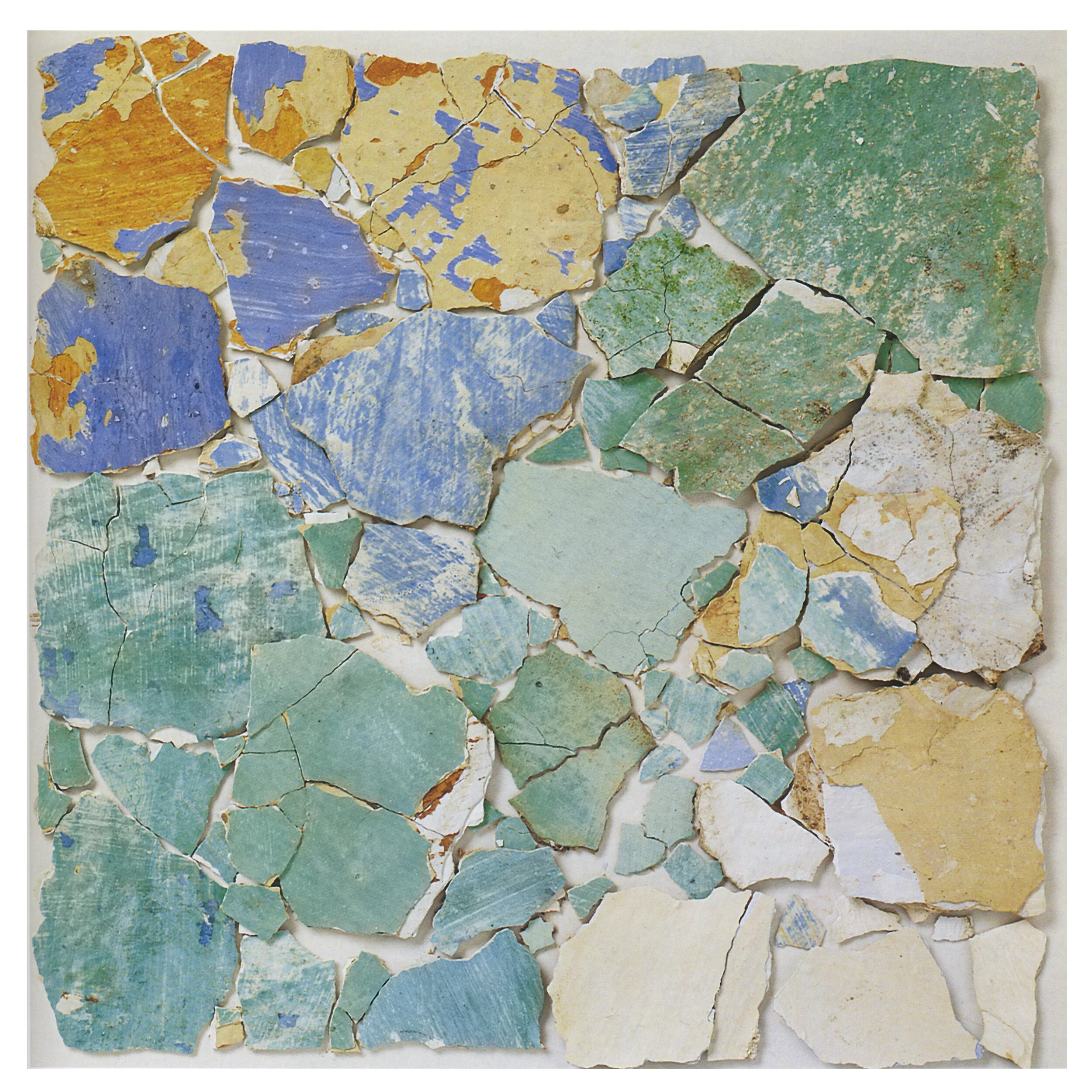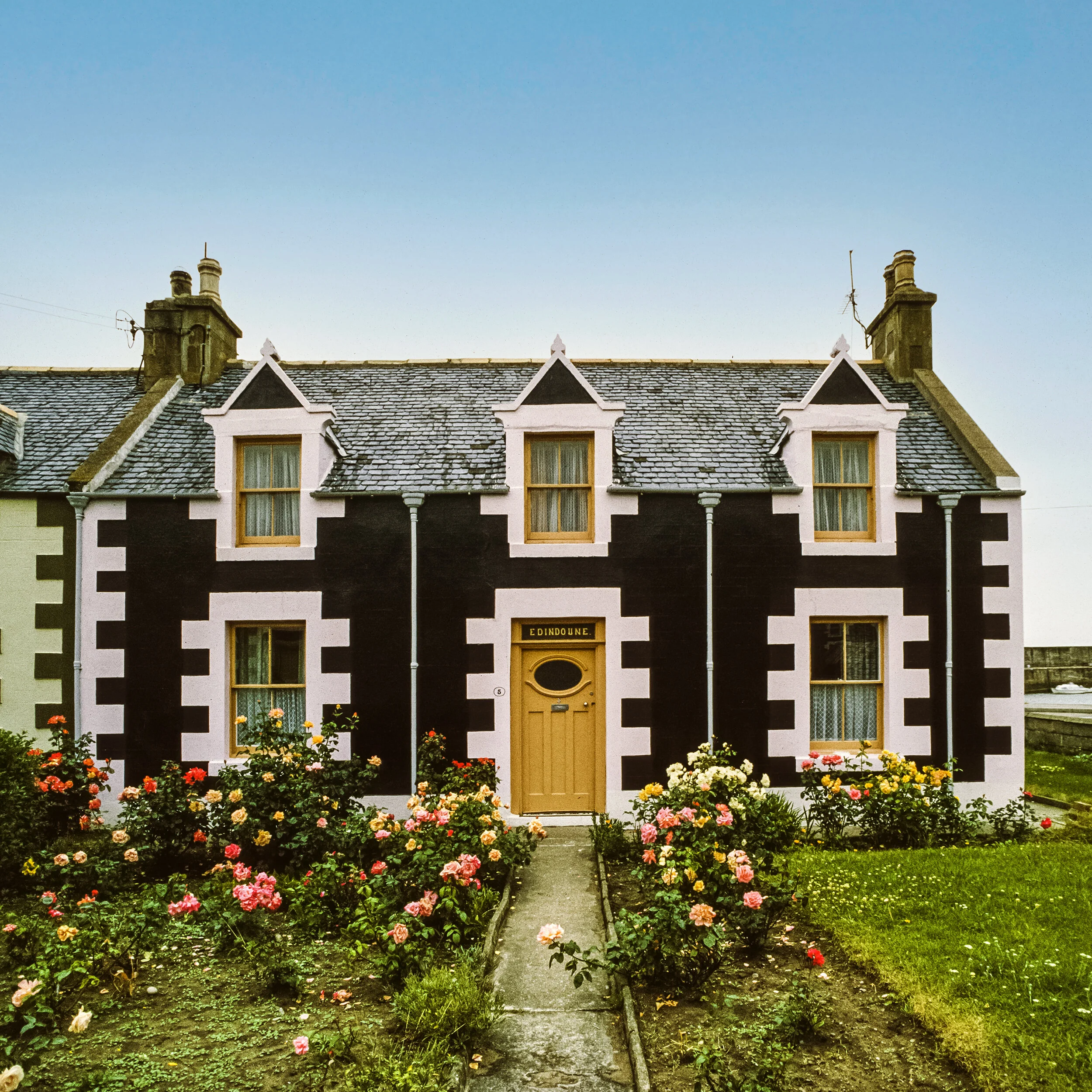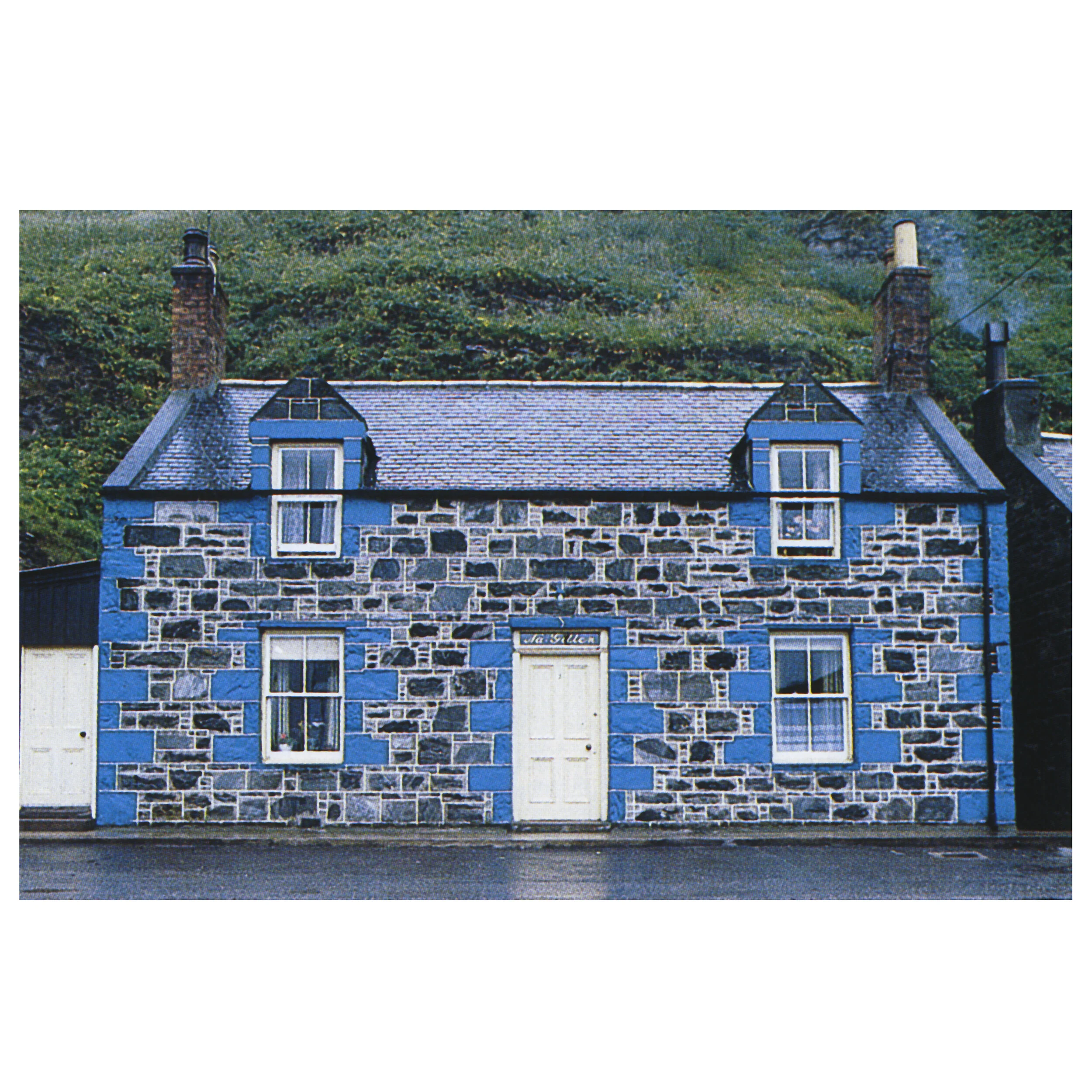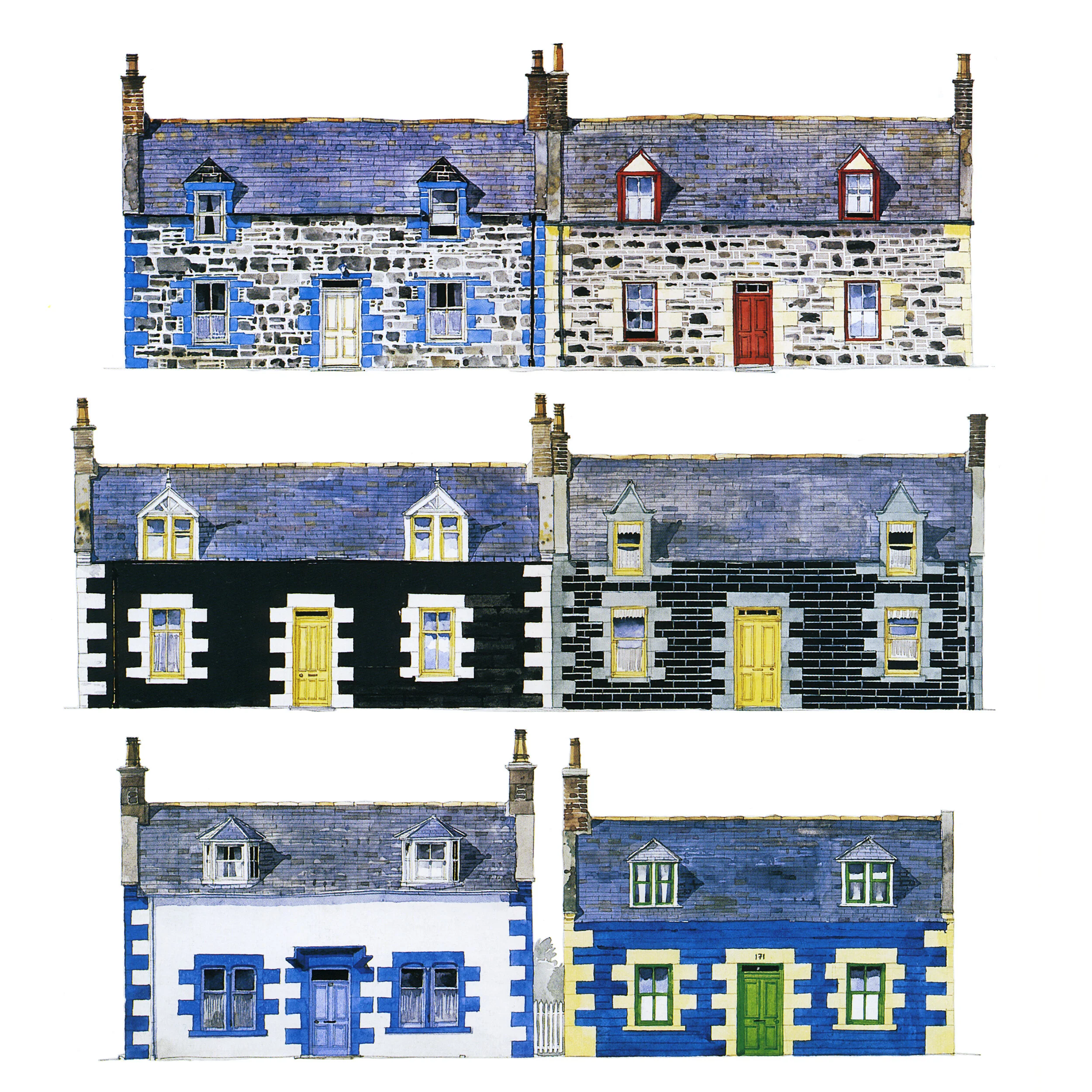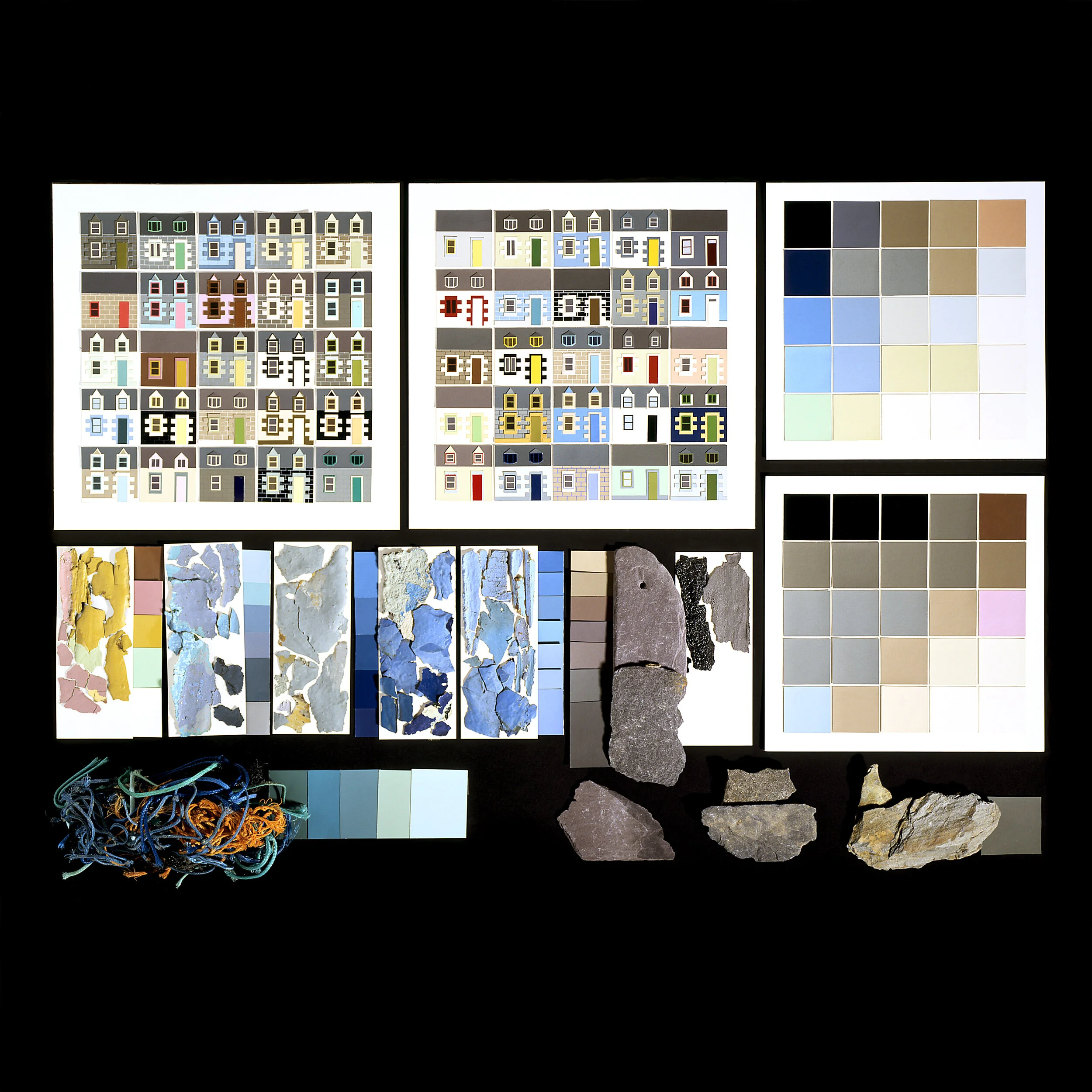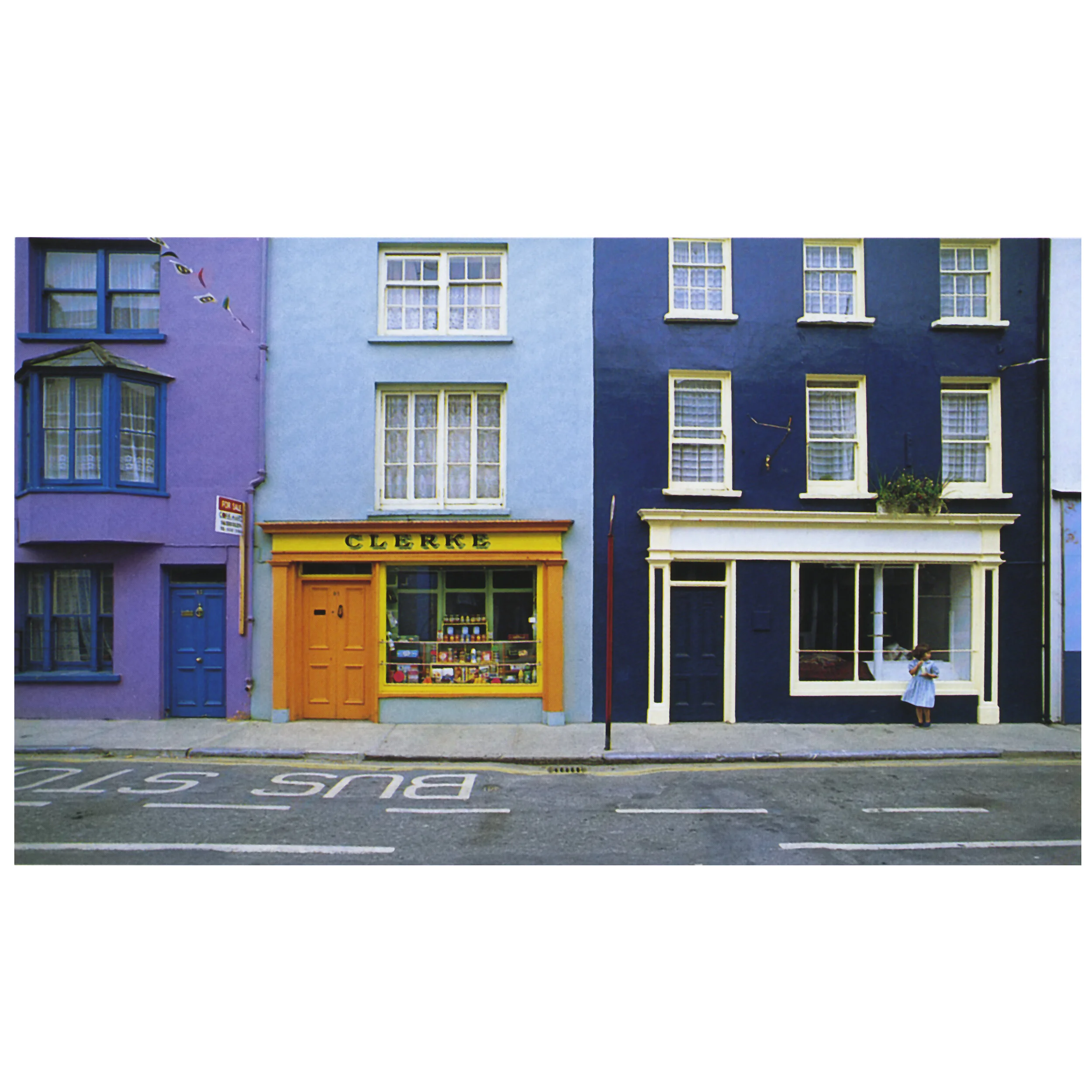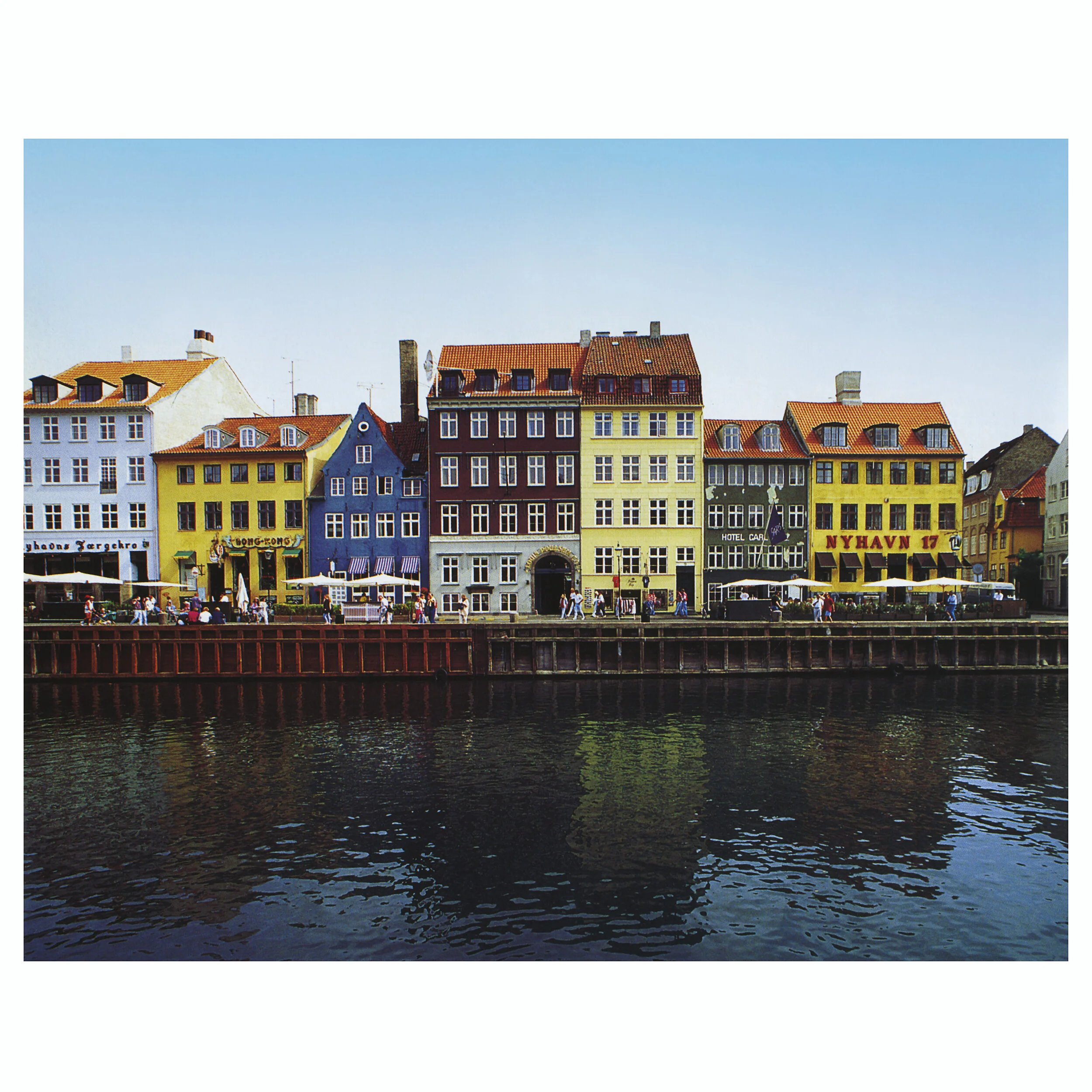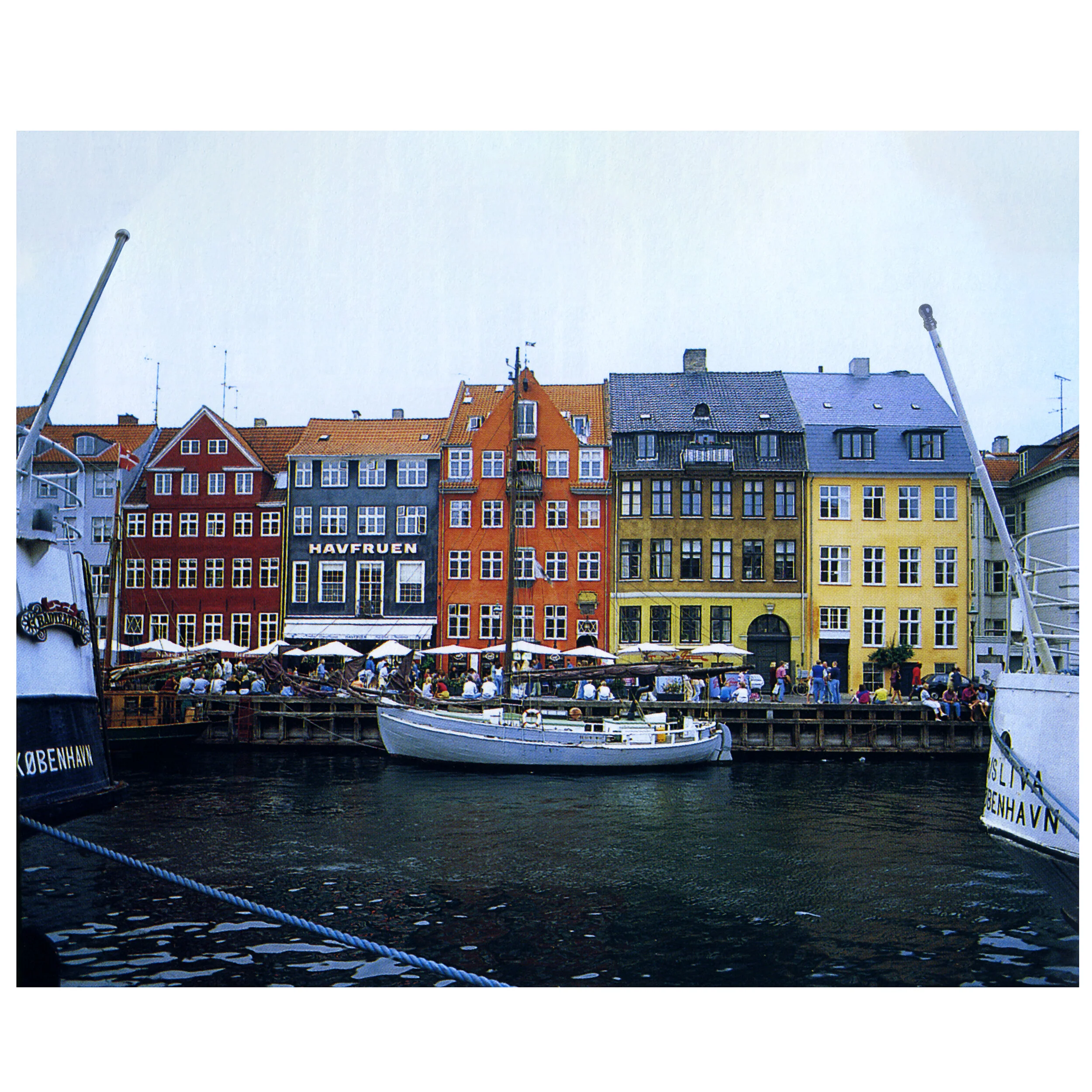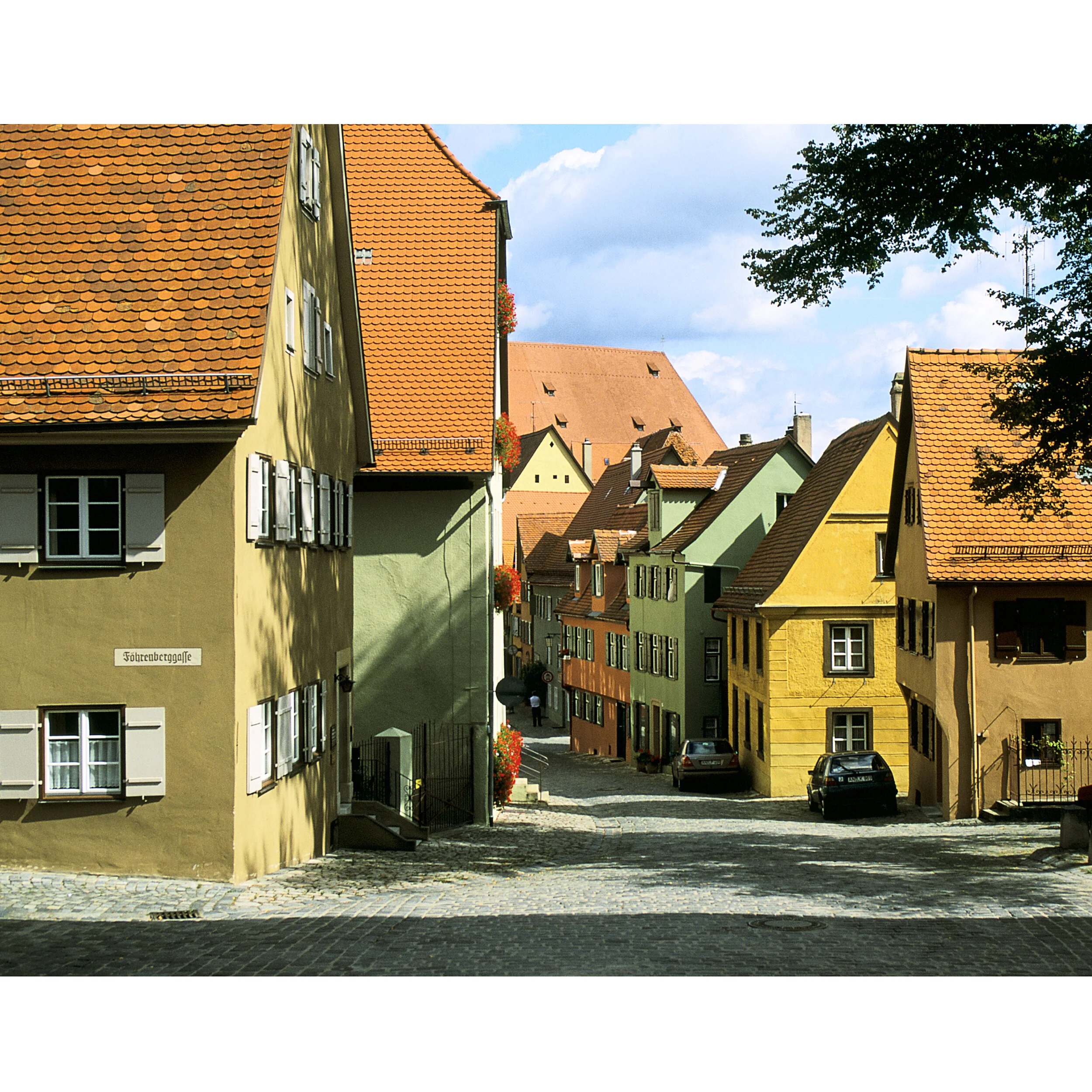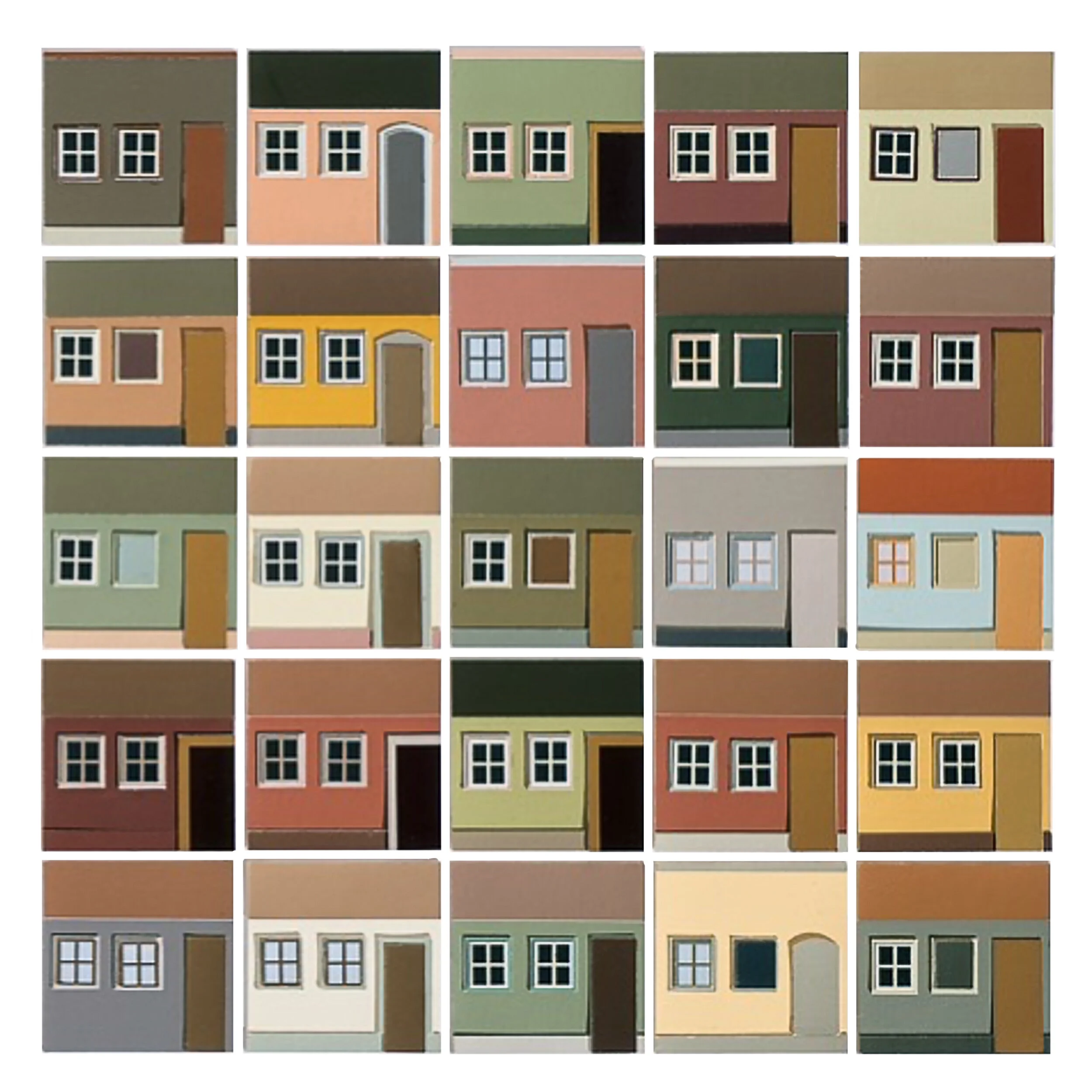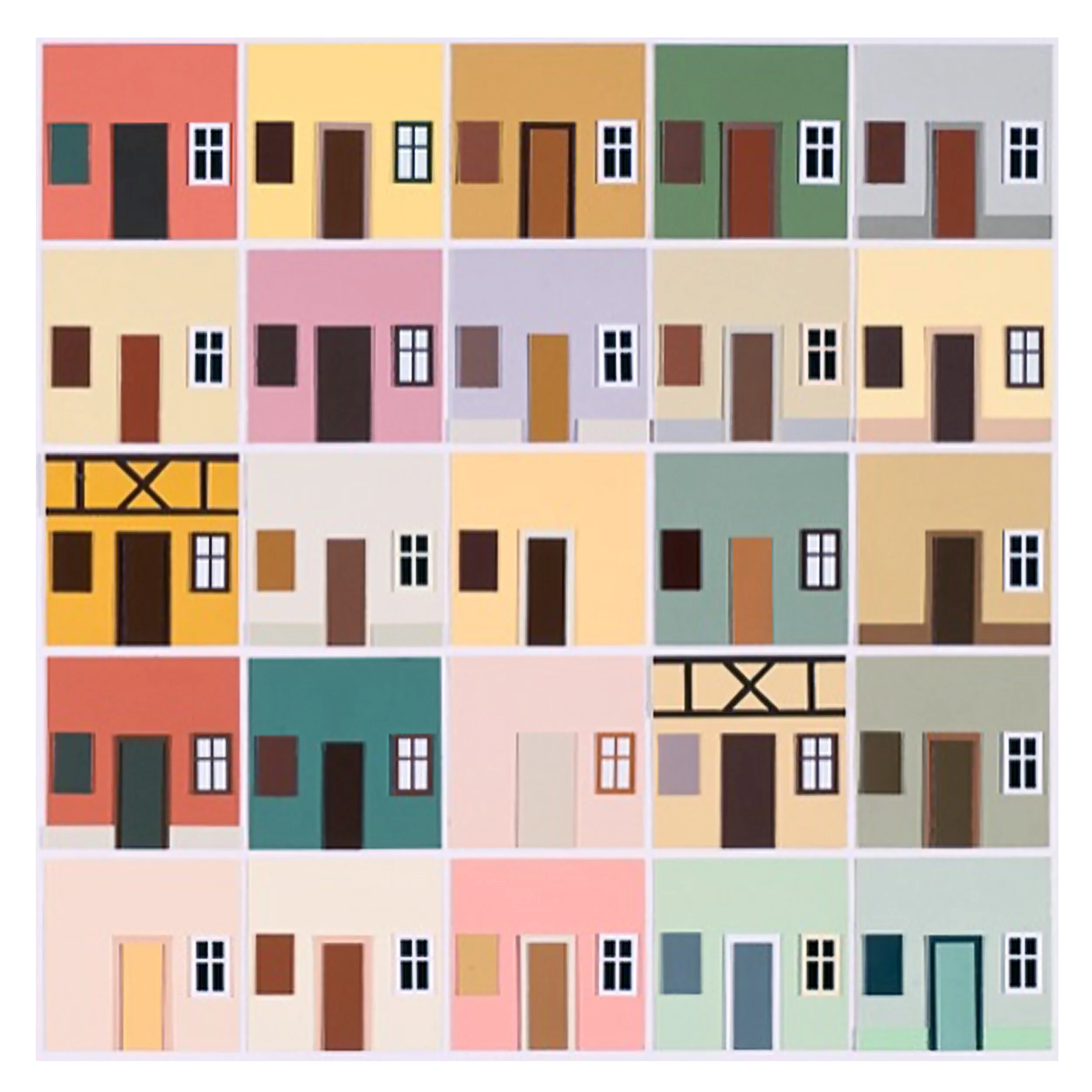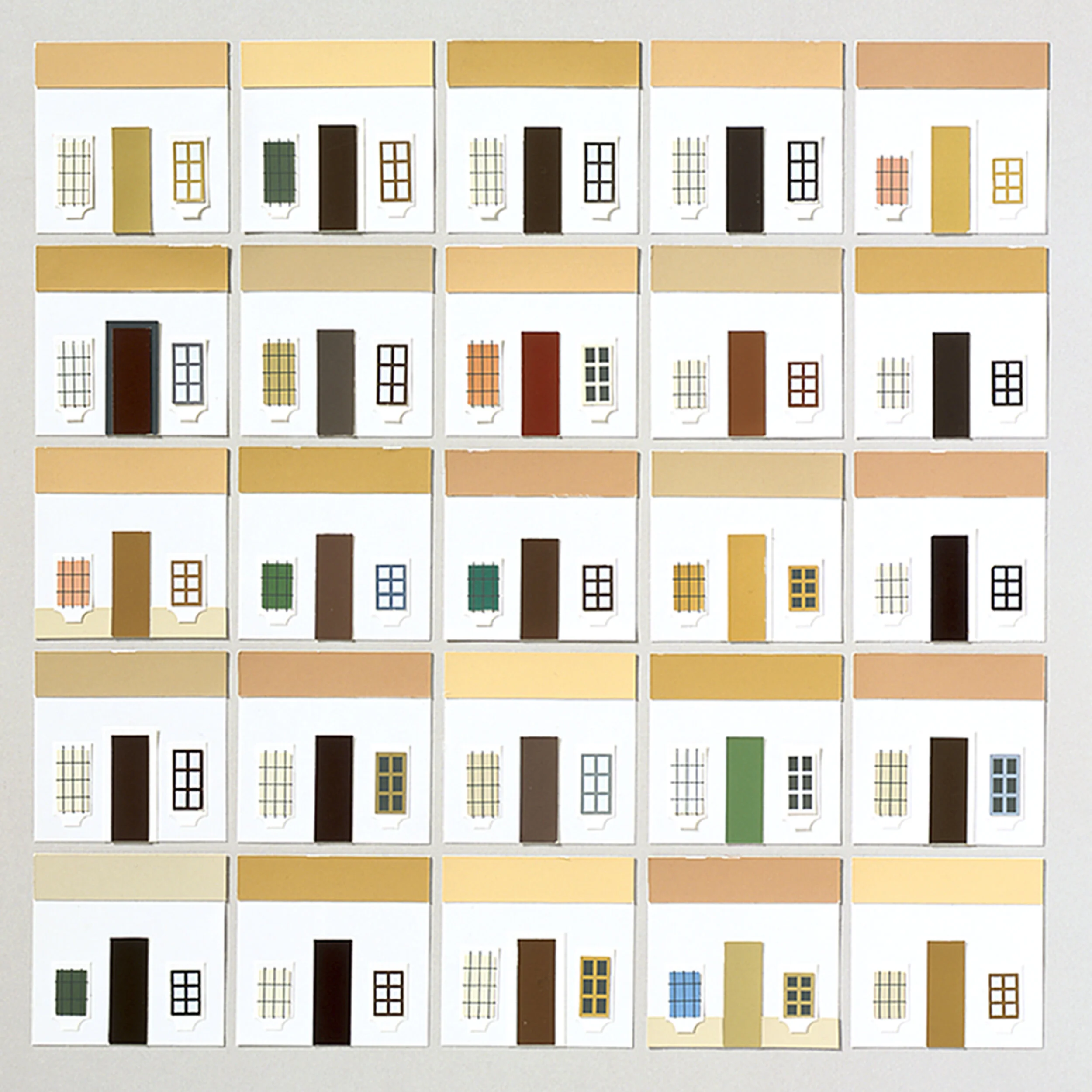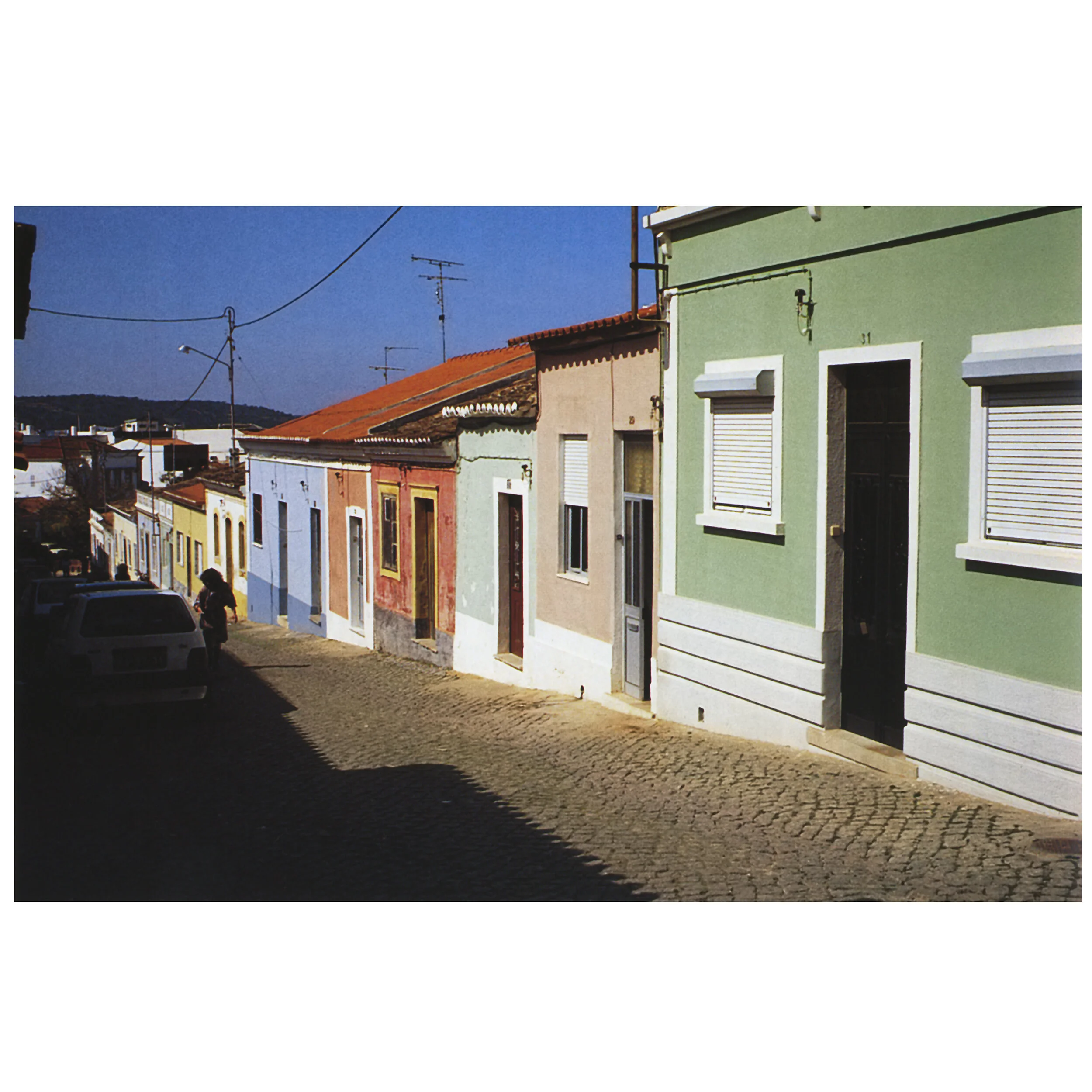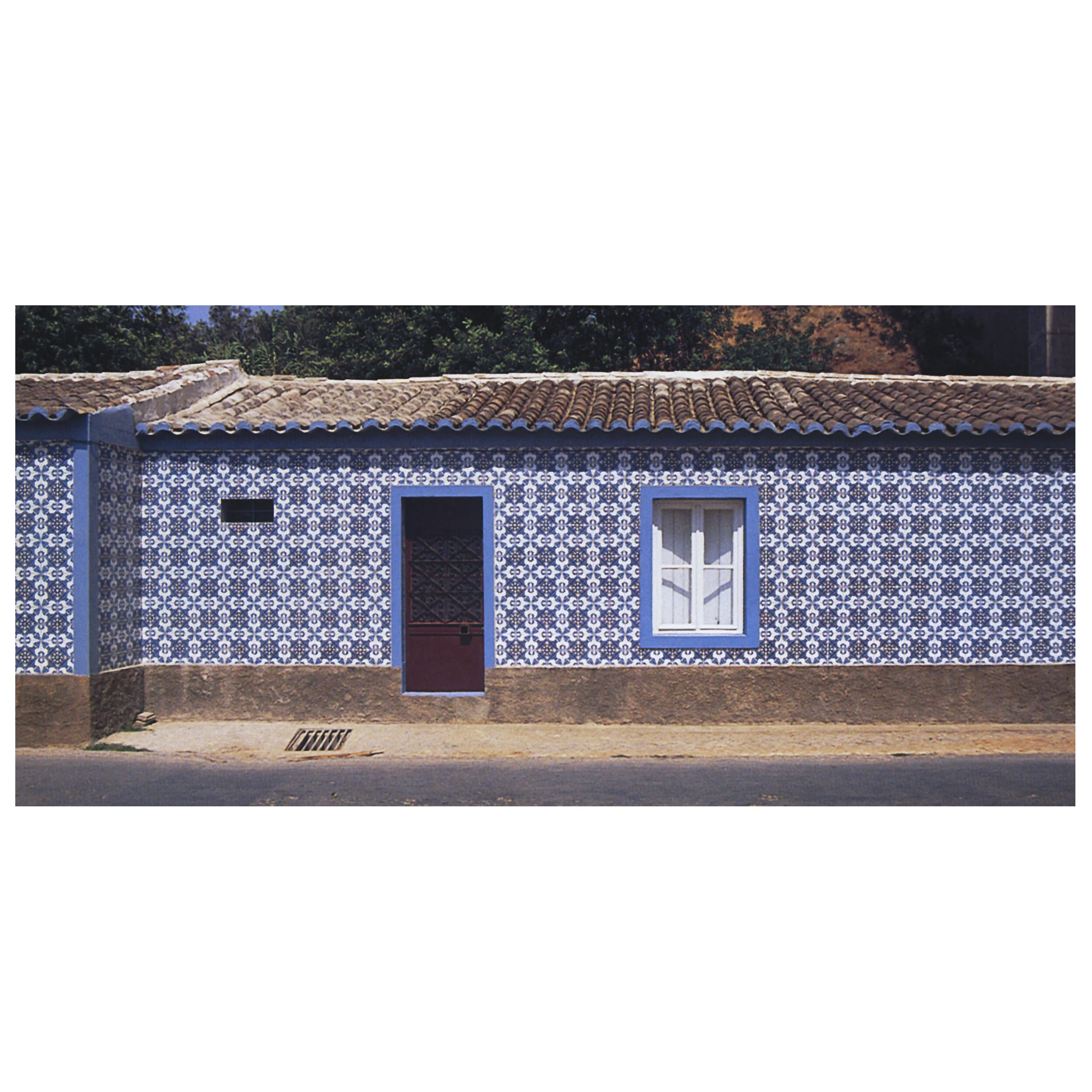Colours of Europe
The initial research, begun in France in 1965, provided evidence for a connection between a region’s geography and the colours used in its housing. This gave birth to the concept of the geography of colour, a methodology that was then used to study the countries of Europe and, later, of other continents. These studies were published in the books Colours of France in 1982, Colours of Europe 1995, Colours of the World in 1999 and Colours of the Mediterranean in 2016 by Éditions du Moniteur.
Photo: samples from a site analysis in Europe (Faro in southern Portugal). Taking material samples on site is the first stage in the process of analysis. It allows us to base the study on objective evidence of the site’s housing, and provides a material source for colour sampling.
↑ Scotland. The pronounced geometric detailing on this house in Findochty is accentuated by the contrast of the black facade with the cornerstones and the framework.
↑ The horizontal arrangement of granite blocks on the facade of this house in Gardenstown creates a strikingly rhythmic effect. The blocks, varying in size, are arranged in a spontaneous rather than systematic structure. And a graphique pattern is created by the imbalance of the light coloured mortar against the greys of the granite. The blue cornerstones and framework are a vivid addition, and the predominantly neutral tones are emphasised by the ivory white of the woodwork.
↑ These watercolour illustrations by Fabrice Moireau show some of the common colour combinations used in housing on the coast of Morayshire. © Fabrice Moireau
↑ This collection of elements show the kinds of materials used in the analytical phase of a study; site samples and summary charts showing a colour synthesis for the facades of 50 houses.
↑ Ireland. If you had to name a national colour for Ireland – a country of vast, verdant pastures – it would have to be green. Indeed, green is the emblematic colour of St Patrick, patron saint of Ireland. And this house, in the countryside of Toormore, is a great example of the inhabitant’s attachment to their patron saint.
↑ Building facades that use a bright, dominant colour are commonly contrasted with framework painted in cream or white.
↑ Summary chart showing the sequence of colours displayed along a road in the little village of Schull.
↑ Two summary charts of the urban landscape, each showing a general colour synthesis of 25 houses.
↑ Denmark. Copenhagen is a very colourful city, using saturated tones of blue, brick red, yellow, grey and green. The port of Nyhavn, shown here, is a perfect example.
↑ On both sides of the canal the old gable-roofed houses are crammed in, each completely different to the next – in architecture, in detail and in the colour of their facades. The houses face the boats and all their reflections on the water bring an exceptionally rich and very cheerful colourscape to this special place.
↑ Summary chart showing the colour synthesis for the island of Bornholm. We can see from the diversity of roof colours that a broad range of terracotta tiles have been used. The render on facades is painted predominantly in yellow oxides and red ochres. The contrasting colours of the half-timbering and substructure give a very graphic character to the architecture. (Collection of the Centre de Création Industrielle at the Musée National d'Art Moderne, Centre Pompidou, Paris.)
↑ Germany. The town of Dinkelsbühl is one of the most picturesque in Bavaria. The choice of a very distinct colour palette gives the urban space a theatrical quality. This palette has a unity based around the red-orange of the roof tiles, which contrasts with the diverse colours of the facades.
↑ The various shades of green, common in Bavaria, are characteristic of this region of Europe.
↑ These charts show two contrasting colour syntheses for the Bavarian towns of Landsberg and Dinkelsbühl. In Landsberg, the colours tend towards halftones with a grey dominance in the greens and ochres.
↑ By contrast, in Dinkelsbühl the accent is on the greens, supported by other tones such as red ochre and sunflower and saffron yellows.
↑ Spain. The “white people” villages in Andalusia, southern Spain, are a significant example of what we could call ‘non colour’. In this region the only colour of housing is the whitewash that’s painted on walls and facades. However, as you can see from this photo of Casares, there are two dominant tones; white and the light red ochre of the terracotta roofs.
↑ This chart shows the colour synthesis for another village in Andalusia, Grazalema. In addition to the general palette for the white villages of Spain, you can see a more varied palette used in the personal colour choices for the framework of houses. Here the dominant tones are the browns and blacks of wood.
↑ Portugal. Villages in the Algarve, in south Portugal, display rows of facades painted in a range of tones, alternately in warm and cold colours.
↑ One spectacular characteristic of housing in Portugal is the covering of facades with tiles. Known as azulejos and of Moorish origin, these tiles are patterned with blue and white glaze.
↑ Chart showing the colour synthesis of 25 houses in the town of Silves. The dominant colours here are the warms tones of yellow and red ochre, the neutral white and the cold tones of blue and green.
↑ Italy. The island of Burano, situated in the lagoon of Venice, is a place where colour is used in the most exceptional and spectacular way.
↑ This group of houses on the main church square illustrate the theatricality of architectural decor in Burano. The diversity and the juxtaposition of colours does nevertheless, create an unexpected harmony.
↑ Two charts for the colour synthesis of Burano. The first shows a general palette of saturated colours for the facades and…
↑ the second shows the details, such as tiles in Roman orange, white framework, varnished wooden doors and green shutters.
